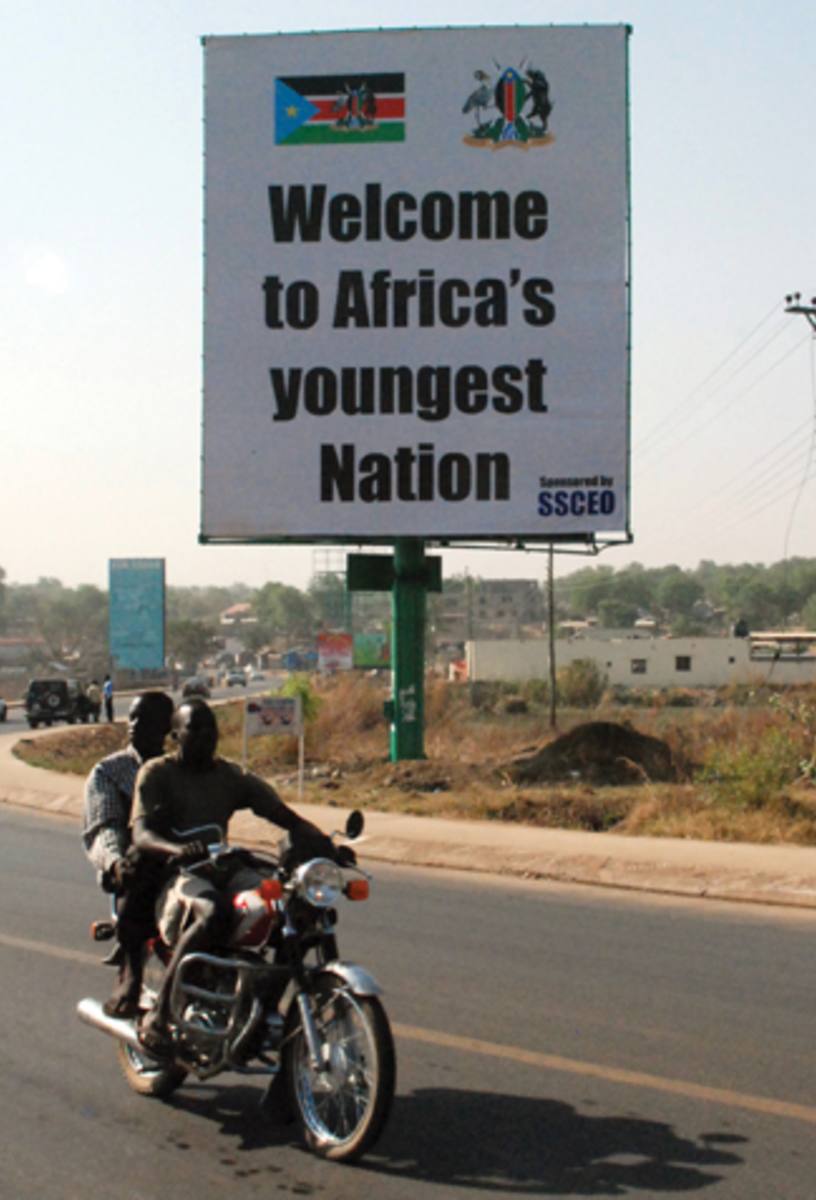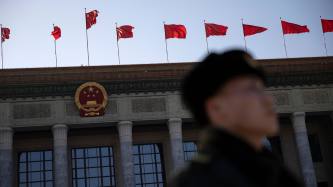Kenya’s banks have long operated throughout much of east Africa. Several of the bigger ones have footholds in Tanzania and Uganda, while some have expanded into Rwanda and Burundi.
Editor's choice
The close integration between these five countries – which form the East African Community (EAC), a customs union – has made it fairly easy for lenders from Kenya, the region’s economic powerhouse, to launch cross-border operations. They have also been helped by their sheer size relative to their regional peers. In 2009 Kenya’s banks had $14bn of assets between them, according to the International Monetary Fund. This compared with just $6bn among Tanzanian lenders and less than $4bn among Uganda’s. “Kenyan banks have big balance sheets and they are able to export their expertise into the wider region,” says Gideon Muriuki, chief executive of Co-operative Bank, one of Kenya’s five biggest banks.
Limited reach
But despite their financial clout, lenders from Kenya do not dominate any of the EAC’s other banking sectors. Many of them have struggled to win much market share abroad, particularly in Tanzania and Uganda, east Africa’s second and third largest economies, respectively, as they already had reasonably mature banking industries before the Kenyans moved in.
The same is not the case with South Sudan, however. The country, soon expected to become the EAC’s sixth member, only gained independence from Sudan in July 2011. Its 8.3 million people are among the world’s poorest, mainly because of decades of civil war with Khartoum that only ended in 2005. And its infrastructure is dire. There are hardly any tarmac roads in the country, while electricity is severely lacking outside the main towns such as Juba, the capital.
Moreover, political tensions with Sudan linger. South Sudan shut down its oil production – it is capable of pumping 350,000 barrels a day – in January following a dispute with its northern neighbour over transit fees.
In keeping with much of the rest of the country, South Sudan’s financial sector is far from sophisticated. No more than 3% of the population is thought to be banked. There are very few ATMs and international debit and credit cards cannot be used. Credit provision is scarce and what lending takes place is usually only up to six months. Businesses cite a shortage of funding as their biggest problem after electricity constraints, according to a World Bank report from 2011.
Yet Kenyan banks have been quick to move into South Sudan, where they are virtually the only foreign lenders operating. Kenya Commercial Bank (KCB) and Equity Bank are the two biggest lenders in the country, while Co-operative Bank expects to obtain a licence by the middle of this year.
The reason for their scramble is the expected rise of the South Sudanese economy in the next decade. Following the end of the civil war and its subsequent independence, analysts believe South Sudan can finally start to exploit its oil and thousands of hectares of fertile land to grow its economy into one that rivals Kenya’s. “South Sudan is going to be a very big economy,” says Mr Muriuki. “It has massive potential for growth because of oil and agriculture. We want to play a big role there.”
High returns
There have already been signs of progress in recent years. “When I first started going to Juba [in 2005], there was nothing – no accommodation, no office blocks. There were just tents by the river,” says Martin Oduor-Otieno, head of Kenya Commercial Bank (KCB), which entered South Sudan in 2005. “The whole place has [now] opened up. Given that it’s a new country, the opportunities are immense. Over the next 10 to 20 years, it will be a big economy.”
KCB’s South Sudanese subsidiary only has about 10,000 customers and concentrates mostly on transaction banking, such as dealing with money transfers involving government departments or remittances. But its profitability is high. Mr Oduor-Otieno says that KCB’s returns on equity in the country are even larger than those of 25% to 30% typical for big banks in Kenya.
As South Sudan’s economy develops, Kenyan banks will look to progress from transaction banking and increase their lending. Equity Bank, which has been in South Sudan since 2008, is targeting small and medium-sized enterprises. Opportunities for larger-scale corporate lending are also being created as more multinational companies, including consumer good firms such as Toyota and Heineken, move into the country.
Kenya’s banks realise that South Sudan’s economy will take time to develop. But by entering the country early – ahead of bigger, pan-African rivals such as South Africa’s Standard Bank, Ecobank of Togo or Standard Chartered – they have placed themselves in a strong position to exploit the country’s growth and the inevitable expansion of its banked population. “There are a lot of challenges, including creating infrastructure, legal as well as physical,” says James Mwangi, head of Equity Bank. “But it’s promising. It’s a highly rich country with a lot of resources.”












